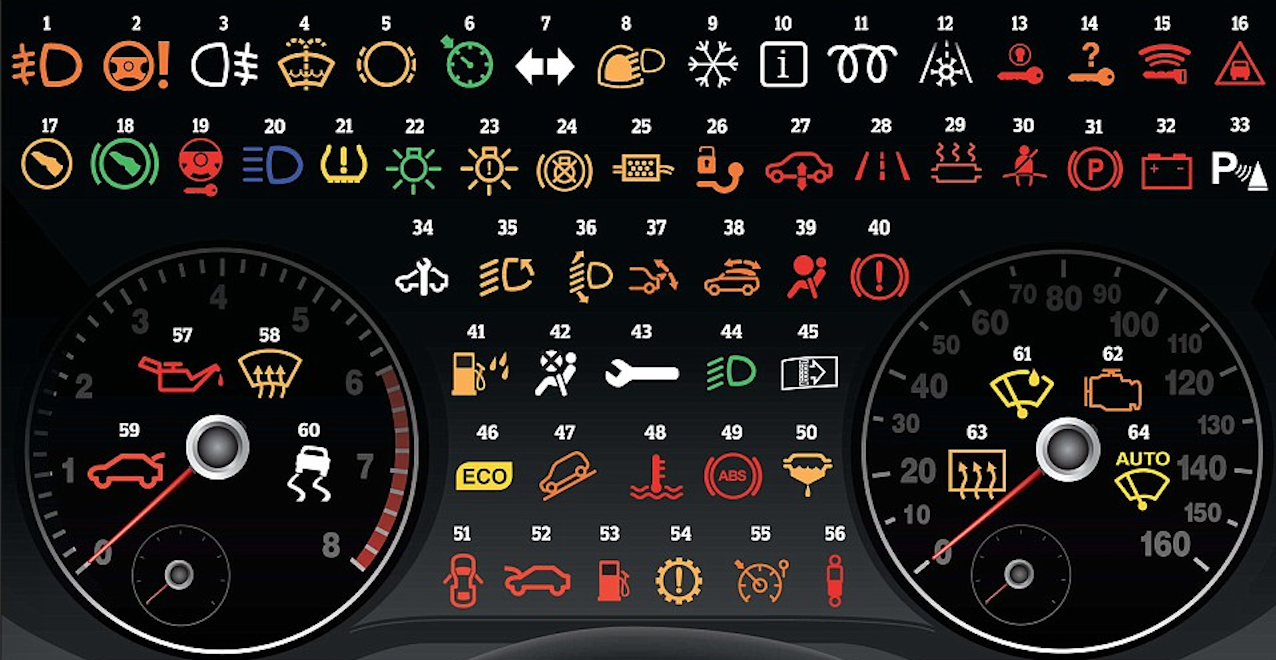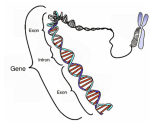My dog was licking my face this morning – as he often does in the morning. Many people refuse to let dogs lick their faces. Understandable. I am one of the apparently few people who allow it. There are a few exceptions when I don’t like it, such as right after my dog has eaten stinky dog food. Otherwise, he is a very healthy, tidy and gentle (and smallish) dog. His breath is barely noticeable.
Dog’s lick people’s faces for a number of possible reasons; these are nicely explained in several articles, such as:
https://pets.thenest.com/dogs-lick-humans-faces-5892.html
https://shopus.furbo.com/blogs/knowledge/why-does-dog-lick-my-face
But the proposed reason that most intrigues me is that it is a form of chemical communication. Dogs have such a sophisticated sense of smell that they can actually gather information (dog-like information) about people they are licking. Licking can also have a calming effect on licker and lickee (if you are not a fan of dogs licking your face you may disagree, so just pretend that you’re a dog for a moment).
According to this article:
“Scientists believe that the major source of people’s positive reactions to pets comes from oxytocin, a hormone whose many functions include stimulating social bonding, relaxation and trust, and easing stress. Research has shown that when humans interact with dogs, oxytocin levels increase in both species.”
Even more fascinating is a study that indicates that interacting with dogs can have health benefits for humans:
Beneficial Dog Bacteria Up-Regulate Oxytocin and Lower Risk of Obesity
So, having a dog can reduce obesity? That is certainly new to me!
Chemical Ecology
While my dog was licking my face and kicking up his oxytocin, and consequently making me release the same chemical into my bloodstream, I was thinking about how social animals regulate chemistry within their pack. (Similar with the visible/audible dimension: when my dog sends growling signals, I will sometimes get up and check out the window for intruders. He is modulating my behavior). So, I began to see more clearly how chemical exchange might be important for the cohesion of a group of social animals. I suspect there are many more chemicals involved in regulating the behaviors of pack animals – including humans.
And I realized that the orchestration of chemicals – not only in a single animal body – but among a group of animals – is largely invisible to us. But of course: chemicals are too small to see. They are molecules made of atoms. We experience their signaling effects as behaviors and notions. And we humans may have evolved such complex societal structures that we can hardly even recognize the chemical foundations of so much of our social behavior. This is the nature of emergence.
When a new level of emergence takes shape (for instance, when chemistry becomes complex enough to enable replication and variation and therefore genetic-based biology), new, larger structures take on their own agency and begin to regulate their sub-components in turn. Ancient chemistry didn’t just allow an apparatus to emerge that conveys information for replication (genetics); it also allowed a complex network of signaling between organelles, cells, organs, organisms, ecosystems, and societies. Each level gives rise (and gives way) to larger structures.
Emergence and Top-Down Effects
Emergence is a fascinating subject – not only because of the beauty of imagining simple components coming together to make a whole that is larger than the sum of its parts – but because that whole can attain autonomy; it can actually reach down and regulate those components that allowed it to come into existence in the first place. It’s possible that this top-down influence is an innate and necessary property of emergence.
If you are a fan of emergence, like me, you enjoy spinning narratives about how various levels of reality came into existence:
physics
chemistry
biology
intelligence
technology
super intelligence
The name of this blog is “Nature->Brain->Technology” – which is a nod to three of the levels in that list.
Dawkins’ book, The Selfish Gene – triggered new insights on genetics – and some lively debates. Dawkins coined the term “meme”. And I suspect he may have had a sense that the title of the book itself could turn into a meme. It brought forth ideas about how genes are powerful agents that cause an upward cascade of effects, making us do what we do: from the perspective of the selfish gene, we humans are “lumbering robots” whose purpose is to simply ensure its replication. Everything else is an illusion of human purpose. But it may be more subtle than this. Are genes the only things that are “selfish”? Could there be a lower level of selfishness going on?
My new insight from building oxytocin with my dog is that there is another layer of emergence involved, which is more fundamental to genes, and which gave rise to genes. My insight was echoed by an article called “Forget the selfish gene — the evolution of life is driven by the selfish ribosome“, which states:
“The selfish ribosome model closes a big theoretical gap between, on the one hand, the simple biological molecules that can form on mud flats, oceanic thermal vents or via lightning, and on the other hand LUCA, or the Last Universal Common Ancestor, a single-celled organism.”
Anything that smells of Eve is suspect. It’s more likely that there was a sort of distributed “Eve Soup” with a lot of pseudo-replication happening over a very long period of time. It is possible that the origin of life cannot be pinpointed to a single time and space…specifically because it is emergent.
Besides face-licking, there are probably many more phenomena that we have low-dimensional explanations for. They may someday be revealed as the effects of various selfish agents operating on various levels. Emergence is a scientific tool – a conceptual framework – that helps reveal otherwise invisible forces in nature.
For instance: why do we yawn?
It may be more productive to stop looking for “the purpose”, and to look at it through the wide lens of emergence.




 A key property of body language is that it is almost always unconscious to both giver and receiver.
A key property of body language is that it is almost always unconscious to both giver and receiver.

 An old-fashioned industrial-age car comes with natural affordances: communication happens simply as a result of the physical nature of knobs, wheels, wires, engine sounds, torques, and forces. There are many sensory stimuli that the driver sees, feels, hears and smells – and often they are unconscious to the driver – or just above the level of consciousness.
An old-fashioned industrial-age car comes with natural affordances: communication happens simply as a result of the physical nature of knobs, wheels, wires, engine sounds, torques, and forces. There are many sensory stimuli that the driver sees, feels, hears and smells – and often they are unconscious to the driver – or just above the level of consciousness.


 My first experience with a Prius was not pleasant. Now, I am not expecting many of you to agree with my criticism, and I know that there are many happy Prius owners, who claim that you can just ignore the geeky stuff if you don’t like it.
My first experience with a Prius was not pleasant. Now, I am not expecting many of you to agree with my criticism, and I know that there are many happy Prius owners, who claim that you can just ignore the geeky stuff if you don’t like it.





 I recall reading somewhere that sponges are “always asleep”. But I also read recently that sponges “never sleep”. Rather than go back and do more research to clear up this issue, I shall instead declare that the problem lies the definition of “sleep”.
I recall reading somewhere that sponges are “always asleep”. But I also read recently that sponges “never sleep”. Rather than go back and do more research to clear up this issue, I shall instead declare that the problem lies the definition of “sleep”. Brains for Movement
Brains for Movement I looked out the window this morning and I thought I saw a speck on the window pane. Upon closer look, I realized that the speck was a hummingbird perched high on a wire spanning two telephone poles.
I looked out the window this morning and I thought I saw a speck on the window pane. Upon closer look, I realized that the speck was a hummingbird perched high on a wire spanning two telephone poles. What was the bird thinking? And can I use the word “thinking” to describe the activities in this bird’s mind? For that matter, does the bird have a mind? It certainly has a brain. And that brain has a special feature: its hippocampus is five times larger than that of song birds, seabirds, and woodpeckers. According to this article, “
What was the bird thinking? And can I use the word “thinking” to describe the activities in this bird’s mind? For that matter, does the bird have a mind? It certainly has a brain. And that brain has a special feature: its hippocampus is five times larger than that of song birds, seabirds, and woodpeckers. According to this article, “
 When I have joyful flying dreams, my brain is not triggering the fear network. I am experiencing a peaceful freedom from gravity – with touches of exhilaration.
When I have joyful flying dreams, my brain is not triggering the fear network. I am experiencing a peaceful freedom from gravity – with touches of exhilaration. If you try to untangle the source of something to determine whether it is from genes or environment (nature vs. nurture), you usually fail. And that’s because the interactions of genes with the environment is really like the boundary of the Mandelbrot Set. You can keep zooming in, but you’ll never find the boundary.
If you try to untangle the source of something to determine whether it is from genes or environment (nature vs. nurture), you usually fail. And that’s because the interactions of genes with the environment is really like the boundary of the Mandelbrot Set. You can keep zooming in, but you’ll never find the boundary.



